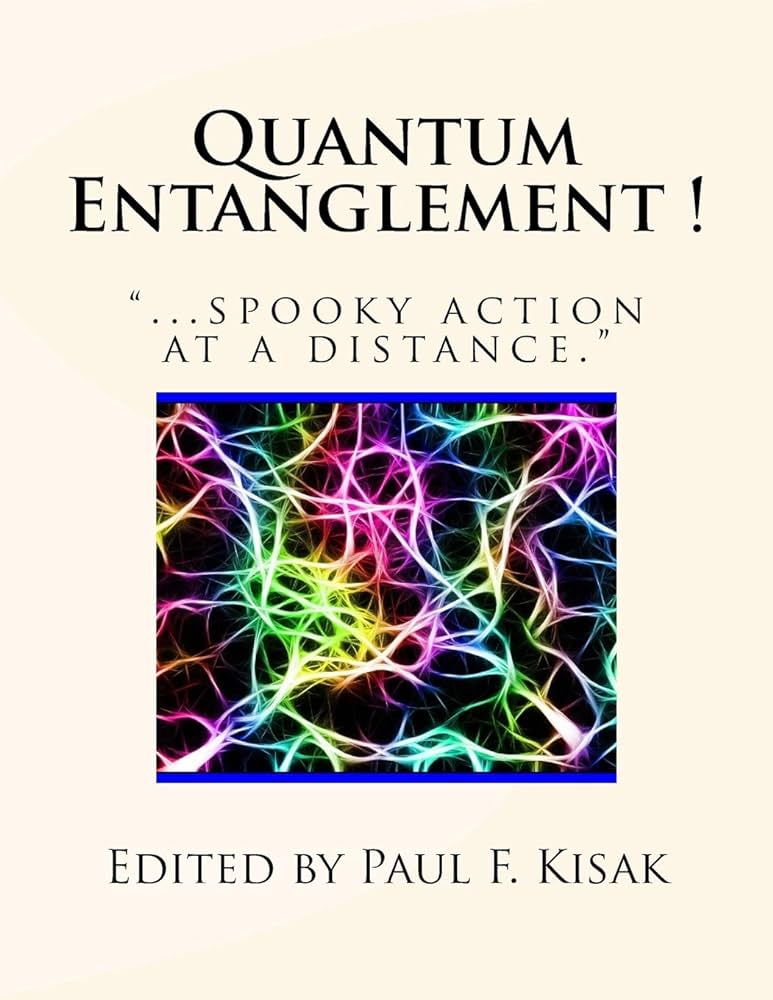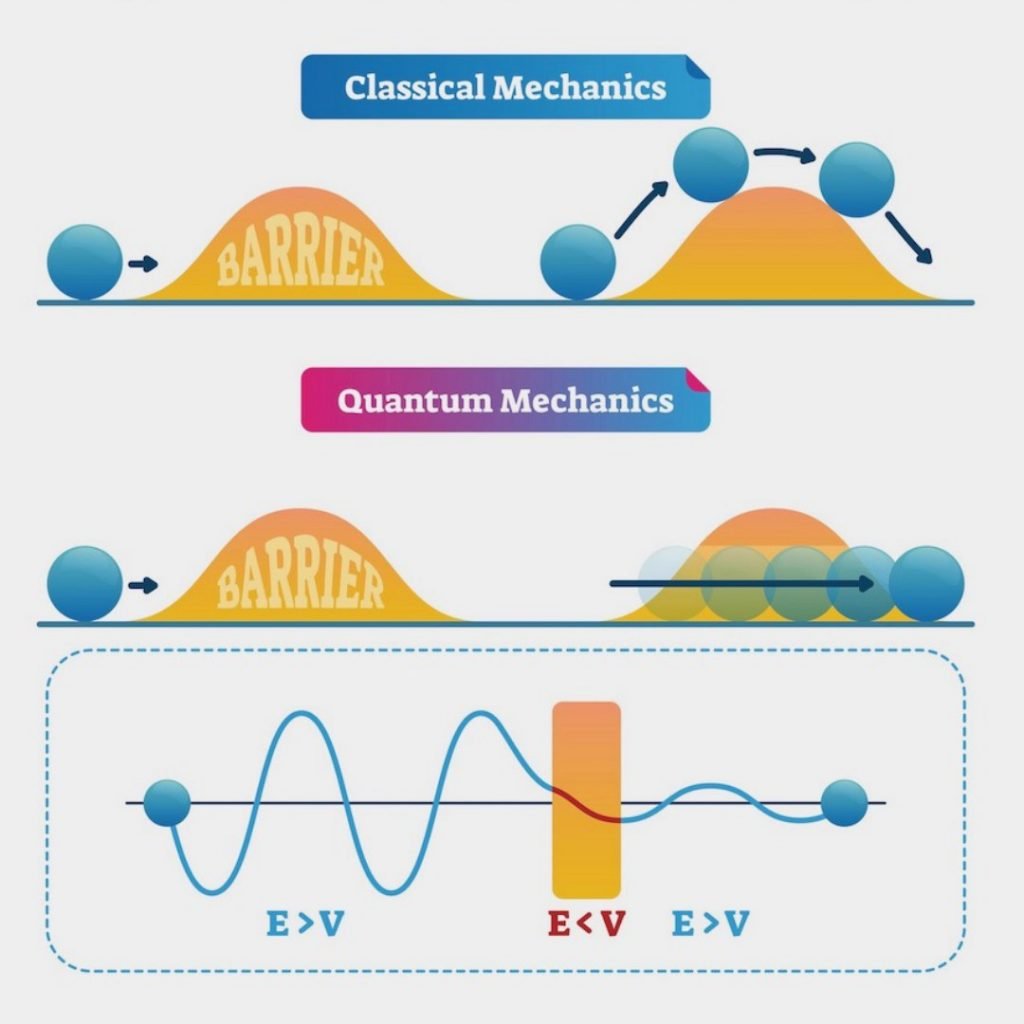Introduction
Quantum physics, the realm of the incredibly small and strange, has a knack for defying our everyday intuitions about the universe. Among the myriad of puzzling phenomena that quantum theory introduces, quantum entanglement stands out as one of the most perplexing and intriguing. Often described as “spooky action at a distance” by Albert Einstein, this phenomenon has captured the imaginations of scientists and thinkers for nearly a century. In this blog post, we embark on a journey into the world of quantum entanglement, delving into its history, exploring its implications, and unraveling the mysteries that continue to shroud it.
What is Quantum Entanglement?
At its core, quantum entanglement is a phenomenon that links the properties of two or more particles in such a way that the state of one particle is dependent on the state of another, regardless of the distance separating them. This linkage occurs even when the particles are separated by vast cosmic expanses, seemingly violating the fundamental principles of classical physics.
The concept of entanglement was first introduced in the early 20th century, during the development of quantum mechanics. Physicists like Erwin Schrödinger and Werner Heisenberg played pivotal roles in formulating the mathematical framework that describes this phenomenon. Their work laid the foundation for understanding entanglement as an intrinsic property of quantum systems.
A Historical Perspective
To appreciate the profundity of quantum entanglement, it’s essential to examine its historical context. In 1935, Albert Einstein, Boris Podolsky, and Nathan Rosen published a seminal paper known as the EPR paper, named after their initials. In this paper, they presented a thought experiment highlighting what they saw as a paradox within quantum mechanics. They argued that if quantum mechanics was a complete theory, it would imply the existence of “elements of reality” that could be predicted with certainty, even for particles separated by vast distances. This, they believed, contradicted the principles of local realism, which posited that distant objects couldn’t instantaneously influence each other.
Einstein’s skepticism about quantum mechanics led to his famous quote about entanglement being “spooky action at a distance.” However, it’s worth noting that his objections didn’t diminish the validity of the theory; instead, they spurred further investigation into the nature of quantum entanglement.
Experiments Confirming Entanglement
Over the years, experimental physicists have conducted numerous experiments to test the predictions of quantum entanglement. These experiments have consistently confirmed the phenomenon’s existence, leaving little doubt about its reality. Some of the most famous experiments include:
Bell’s Theorem and Bell Tests: Physicist John Bell formulated a mathematical theorem in the 1960s that showed the predictions of quantum mechanics were incompatible with local realism. Subsequent experiments, known as Bell tests, have consistently supported the predictions of quantum entanglement.
Aspect’s Experiment: In the 1980s, physicist Alain Aspect conducted experiments that provided strong evidence for the violation of Bell inequalities, supporting the entanglement of particles over large distances.
Quantum Teleportation: The phenomenon of quantum teleportation, which relies on entanglement, has been demonstrated in various laboratory settings. It allows the transfer of quantum information from one location to another, with applications in quantum computing and cryptography.
Delayed-Choice Quantum Eraser: This experiment, first performed by physicists in the late 20th century, demonstrated that the measurement of one entangled particle can retroactively determine the behavior of another, even after the measurement has taken place.
Implications and Applications
The existence of quantum entanglement has profound implications for our understanding of the nature of reality and the fabric of the universe. Some of the key implications and potential applications include:
Quantum Computing: Quantum entanglement is at the heart of quantum computing, which has the potential to revolutionize fields such as cryptography, optimization, and material science. Quantum computers harness the power of entangled qubits to perform calculations at speeds that classical computers could never achieve.
Quantum Cryptography: Entanglement-based quantum cryptography offers a level of security that is theoretically unbreakable. It relies on the fundamental principles of quantum entanglement to create secure communication channels.
Fundamental Nature of Reality: Quantum entanglement challenges our classical intuitions about space, time, and causality. It raises questions about the nature of physical reality and the interconnectedness of all things.
Quantum Entanglement in Space: Recent experiments involving the entanglement of particles in space have the potential to enable long-distance quantum communication and the development of a global quantum internet.
Challenges and Open Questions
While much progress has been made in understanding quantum entanglement, many questions remain unanswered. Some of the ongoing challenges and mysteries include:
Quantum Gravity: Combining the principles of quantum mechanics with those of general relativity to create a theory of quantum gravity remains an elusive goal. Understanding how gravity interacts with quantum entanglement is a crucial part of this endeavor.
Quantum Decoherence: Quantum systems are highly susceptible to decoherence, which is the loss of entanglement due to interactions with the environment. Developing effective methods for mitigating decoherence is essential for practical applications.
Quantum Spookiness: The philosophical implications of quantum entanglement continue to intrigue and perplex scholars. What does it mean for the nature of reality if particles can be instantaneously connected regardless of distance?
Conclusion
Quantum entanglement, often described as “spooky action at a distance,” remains one of the most fascinating and enigmatic phenomena in the realm of physics. From its humble beginnings in theoretical debates to its confirmation through groundbreaking experiments, entanglement has challenged our understanding of the fundamental nature of the universe.
As we continue to explore the mysteries of quantum mechanics and push the boundaries of technology, the implications of quantum entanglement for computing, communication, and our understanding of reality are likely to become increasingly significant. While many questions remain unanswered, one thing is clear: quantum entanglement is a remarkable and enduring testament to the strange and wondrous world of quantum physics.




